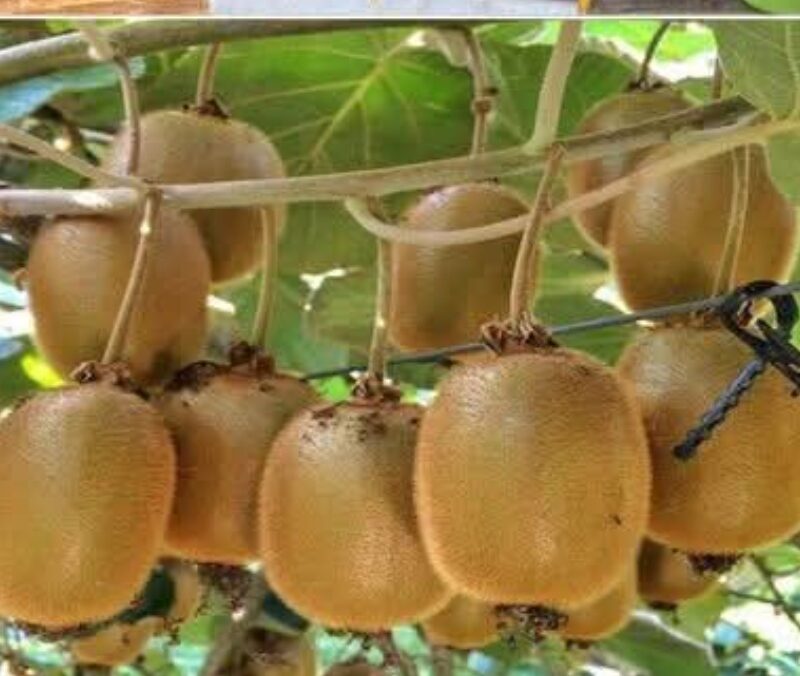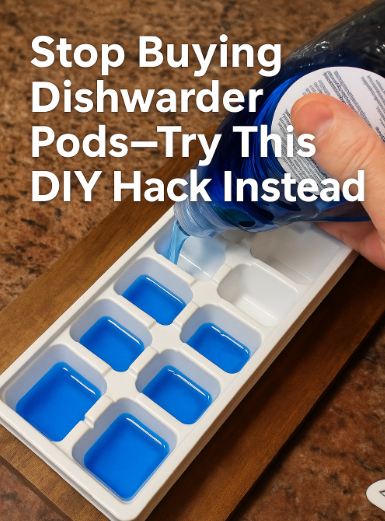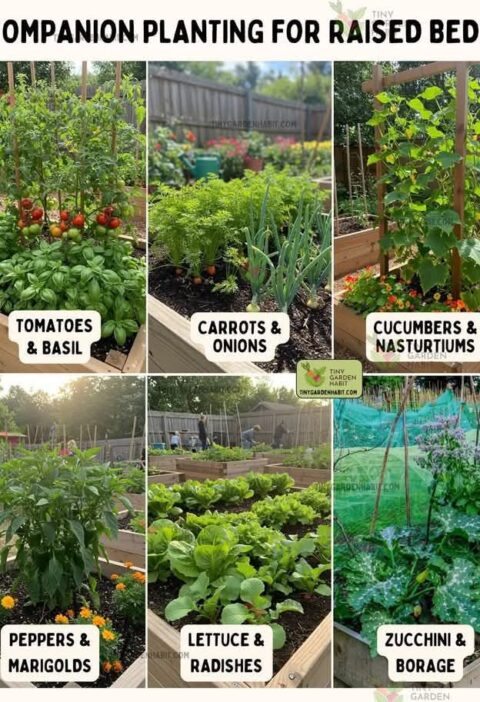Growing Kiwi Trees at Home: A Complete Guide for Pot Cultivation
Kiwi plants are vigorous, vining fruit trees that can thrive in containers if provided with the right care. Growing kiwi at home is a rewarding experience, offering fresh, nutrient-rich fruit and an attractive, leafy vine for your garden or balcony.
In this guide, we will cover:
✅ Choosing the Right Kiwi Variety
✅ Container and Soil Preparation
✅ Planting & Training Kiwi Vines
✅ Essential Care & Maintenance
✅ Pollination & Fruit Production
✅ Common Problems & Solutions
✅ Harvesting & Storage Tips
By following these step-by-step instructions, you can successfully grow kiwi in pots and enjoy homegrown fruit! 🌱🥝
—
1. Choosing the Right Kiwi Variety for Container Growing 🌿
Kiwi vines can grow up to 30 feet, making them challenging for container gardening. That’s why selecting a compact or dwarf variety is essential.
Best Kiwi Varieties for Pots:
✔ Hardy Kiwi (Actinidia arguta) – Tolerates cold climates and produces smaller, sweeter fruit.
✔ Arctic Kiwi (Actinidia kolomikta) – Best suited for extremely cold regions.
✔ Dwarf Kiwi (Issai) – Self-pollinating, compact, and ideal for containers.
✔ Golden Kiwi (Actinidia chinensis) – Needs warm climates and cross-pollination for fruiting.
💡 Tip: If you choose a non-self-pollinating variety, you will need both a male and female plant for fruit production.
—
2. Preparing Supplies for Growing Kiwi in Pots 🏺🌱
To ensure healthy growth, you need the right container, soil, and support system.
Container Selection:
✅ Use a large pot (20-30 gallons) to support deep roots.
✅ Ensure the pot has drainage holes to prevent root rot.
✅ Fabric grow bags or wooden barrels are great alternatives.
Best Soil for Kiwi Plants:
🌱 Use a well-draining potting mix with added organic matter.
🌿 Ideal soil pH: Slightly acidic to neutral (5.5 – 7.0).
🌾 Mix in perlite or sand to improve aeration.
Fertilization Needs:
✔ Slow-release organic fertilizer in early spring and mid-summer.
✔ Balanced NPK fertilizer (10-10-10 or 14-14-14) supports growth and fruiting.
Trellis & Support System:
🌿 Kiwi vines need strong vertical support. Install a trellis, stakes, or an arbor in the pot to train the vines.
—
3. Planting Kiwi in Pots: Step-by-Step Guide 🌱
🌿 How to Plant Kiwi Trees in a Pot:
1️⃣ Set Up the Trellis – Place a strong support system in the center of the pot.
2️⃣ Fill the Pot – Add nutrient-rich potting mix with good drainage.
3️⃣ Position the Plant – Place the kiwi plant in the center, ensuring the roots are spread out.
4️⃣ Cover the Roots – Fill with soil, keeping the root crown just above the soil surface.
5️⃣ Water Thoroughly – Water well to help roots establish.
🌞 Placement: Keep the pot in a sunny location where it gets 6-8 hours of direct sunlight daily.
—
4. Caring for Potted Kiwi Plants 🌿🥝
☀️ Light & Temperature:
✅ Full sun exposure (6-8 hours daily) is essential for fruit production.
✅ Kiwi plants prefer temperatures between 50°F – 85°F (10°C – 30°C).
✅ In colder regions, move pots indoors or protect plants with frost covers in winter.
💦 Watering:
✅ Keep the soil moist but not soggy.
✅ Deep watering is better than frequent shallow watering.
✅ Mulch around the base to retain moisture and prevent weeds.
🌱 Fertilizing Schedule:
✔ Spring (early growth phase): Use a balanced organic fertilizer.
✔ Summer (fruiting stage): Apply potassium-rich fertilizer to enhance fruit development.
✔ Winter (dormancy): Avoid over-fertilizing; plants need rest.
✂️ Pruning Kiwi Plants:
✔ Winter Pruning (Dormant Season) – Remove weak vines and control size.
✔ Summer Pruning – Trim excess foliage to allow sunlight to reach fruits.
✔ Train the vines to grow upward for better space management.
—
5. Pollination & Fruit Production 🌸🐝
Not all kiwi plants are self-pollinating. If you’re growing a variety that requires cross-pollination, ensure you have:
✅ One male plant for every 6-8 female plants.
✅ Hand pollination (if needed) – Transfer pollen from male flowers to female flowers using a soft brush.
💡 Tip: The ‘Issai’ kiwi variety is self-pollinating, making it ideal for container growing.
—
6. Common Problems & How to Solve Them 🐛
Even with the best care, kiwi plants can face some challenges.
1️⃣ Pests & Diseases
🐛 Aphids & Spider Mites – Use neem oil spray to prevent infestations.
🐜 Scale Insects – Remove manually and apply horticultural oil.
🍂 Leaf Spot & Powdery Mildew – Apply baking soda spray (1 tsp baking soda + 1 quart water).
2️⃣ Root Rot
🚫 Avoid overwatering – Ensure proper drainage in the pot.
3️⃣ No Fruit Production
🌸 Insufficient Pollination – Hand-pollinate flowers.
🌞 Lack of Sunlight – Relocate the pot to a sunnier area.
—
7. Harvesting & Storing Kiwi Fruits 🥝
🌿 Kiwi plants take 3-5 years to start producing fruit.
🍏 When to Harvest Kiwi:
✅ Fruits should feel firm but slightly soft when pressed.
✅ The skin changes from green to brownish (depending on variety).
✅ Harvest in late summer to early fall when they reach full size.
🥝 How to Ripen Kiwi at Home:
✔ Store at room temperature until they soften.
✔ To ripen faster, place kiwis in a paper bag with apples or bananas.
✔ Once ripe, store in the fridge for up to 3 weeks.
—
Conclusion: Enjoy Homegrown Kiwi! 🌱🥝
Growing kiwi in pots is easy and rewarding when you:
✔ Choose a dwarf or self-pollinating variety.
✔ Use a large pot with proper drainage & support.
✔ Provide full sun exposure & consistent watering.
✔ Prune regularly to manage growth & boost fruit production.
✔ Ensure pollination (if required) for fruiting.
With proper care, you can enjoy delicious, homegrown kiwis straight from your garden! 🌞🌿
💡 Have you tried growing kiwi in pots? Share your experience in the comments! 🚀🥝






